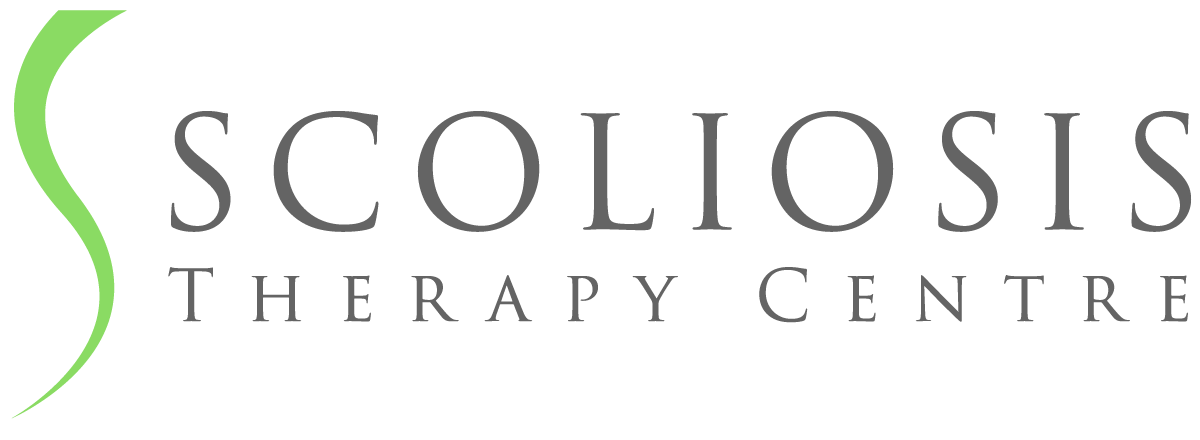Adult Scoliosis with Quality of Life
Evidence that the Schroth Method of conservative treatment for scoliosis can alleviate, and eliminate pain, and therefore enhance quality of life despite the presence of adult scoliosis, is well documented in a research article published in 2012 – The Schroth Method of Treatment for a Patient Diagnosed with Scoliosis: A Case Report.
The 62 female patient noticed the uneveness in her hips and shoulders when she was at high school, but because there were no specific symptoms, she did not seek treatment. At the age of 56 she was formally diagnosed with scoliosis. X-rays revealed a 20° right lumbar curve, a 17° left thoracic curve, and a mild right cervical curve.
The onset of various muscular pains occurred 2 years before she was diagnosed with scoliosis. Pain was constant in her right scapula (shoulder blade), right lower back and hip, which increased when walking. The pain in her scapula disturbed her sleep and interfered with her daily activities. Shortness of breath was problem during prolonged activities. Occasionally, she experienced difficulty climbing stairs, due to a weak left hip.
All previous treatments, including chiropractic, physiotherapy, and stretching over the previous 8 years had not provided her with lasting pain relief.
Just before engaging in a program of Schroth Method exercise therapy her scoliosis was diagnosed as: a primary curve to the right in her lumbar spine, right thoracic concavity (in her back), prominent (lower) anterior rotated ribs, prominent left hip, elevated and anterior rotated left pelvis, a secondary curve in her left thoracic spine, posterior rib hump, mild right cervical curve, an elevated and winged left scapula, and a forward head position with the neck tilting to the right.
Her program goals were to eliminate pain, improve her endurance with prolonged activities, increase her overall strength, and be independent in managing her scoliosis with a home program.
The patient’s Schroth Method therapy program included manual therapy and instruction in scoliosis exercises. Initial sessions focused on patient education in the Schroth conservative treatment approach for scoliosis. Emphasis was placed on the patient performing exercises independently while maintaining corrected posture.
After completing 18 Schroth Method exercise therapy sessions over a period of 9 weeks the patient achieved her program goals and was able to return to her daily activities without pain in her right scapula, hip or lower back. She confirmed being able to manage her muscle soreness. Her shortness of breath episodes had reduced in number and duration, and she was better able to manage episodes when they occurred. She was able to sleep without disturbance, while climbing stairs was no longer a concern.
Through compliance with her home program and maintaining her corrected posture the patient enhanced her quality of life.
Detailed below is the research article citation and external link to the referred Case Report.
Citation: Watters H, Volansky K, Wilmarth M (2012) The Schroth Method of Treatment for a Patient Diagnosed with Scoliosis: A Case Report. J Nov Physiother 2:113. doi: 10.4172/2165-7025.1000113
For more information about scoliosis on our website please click here and select your category of adult scoliosis from Quicklinks.
